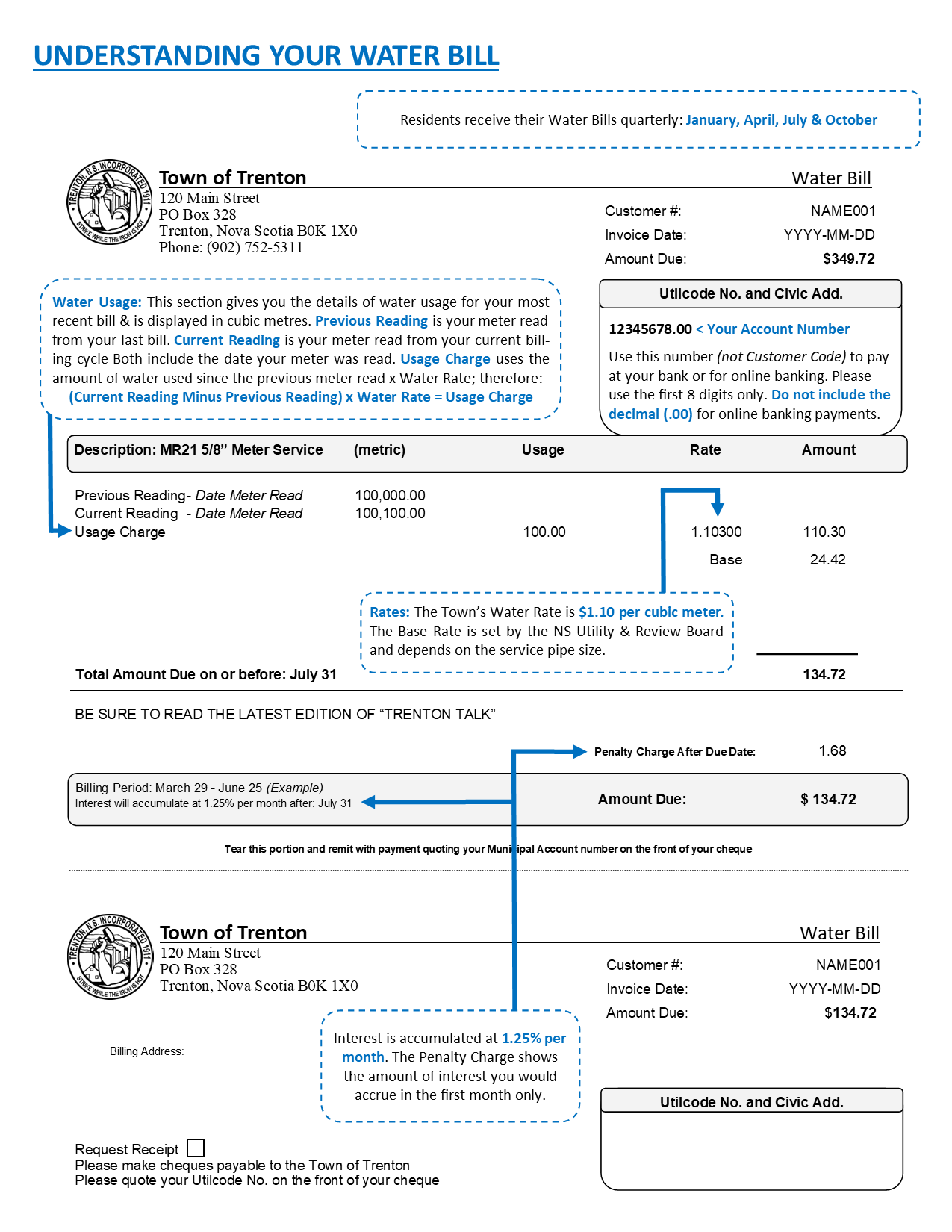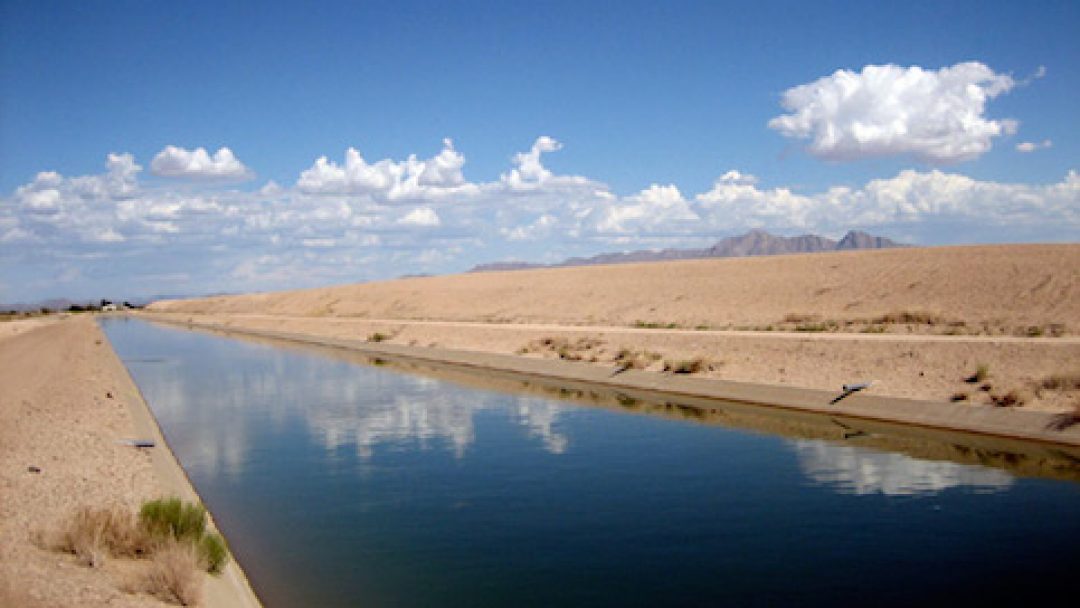
Like many other municipalities in the United States, Phoenix injects its city and tap water with chlorine, which is typically used to protect against waterborne illness. Although these chemicals are not currently regulated very well, the EPA has admitted that they are associated with an increased risk of bladder cancer, as well as kidney, liver, and central nervous system problems. Disinfection Byproducts (DBPs)ĭBPs are a category of emerging contaminants that form when chlorine-based disinfectants react with naturally-occurring organic matter. Not all water filters are designed to remove PFAS from drinking water. If you'd like to find a water filter that removes PFAS from tap water, check out this Duke/NC State PFAS study. PFAS contribute to environmental contamination largely due to the fact that they are highly resistant to the degradation processes, and thus persist for many years in water, air and can enter the food chain via bioaccumulation in certain animal species. ATSDR has determined that PFAS are associated with an increased risk of cancer, reproductive problems, and hormonal disruptions. This category of chemicals are “emerging contaminants” which means they are thought to pose a potential threat to human health and the environment, but haven't yet been regulated. The Agency for Toxic Substances and Disease Registry (ATSDR) recently recommended setting a Minimum Risk Level of 20 parts per trillion for PFOS, but is still researching the toxicity profile of PFHxS. While currently in compliance with federal regulations, EPA and CDC both acknowledge that there is no safe level of lead for children. Hydroviv Undersink filters are NSF/ANSI 53 certified to remove lead from drinking water. Currently, 10% of samples analyzed for lead in Phoenix are over 3 parts per billion, with 2 of the 54 sites exceeding the 15 parts per billion federal action level. When corrosion control measures put in place by the municipality fail (like what recently happened in Flint, Michigan), lead leaches into the drinking water, and can reach dangerous levels. Lead enters tap water through older lead service pipes and lead-containing plumbing.

We highly recommend that anyone with more than 1 part per billion take steps to remove arsenic from their water, especially those with children. Phoenix is in compliance with EPA water quality standards but it’s important to mention that EPA’s standard balances the toxicity against the costs of removing arsenic from drinking water. Unlike lead, which distributes into water from plumbing, arsenic comes from the source water itself. Arsenic is a toxic metal that is known to cause cancer and other health issues. Arsenic In Phoenix Drinking WaterĪccording to data from the 2018 report, the average concentration of arsenic in Phoenix drinking water is 7 parts per billion. We strongly recommend that all Phoneix residents filter their water for chromium 6. For the sake of perspective, these levels correspond to 400x and 2700x higher than the concentration determined by toxicologists to have negligible impact on cancer risk. In recent years, tap water in Phoenix has averaged 408 parts per billion. Unfortunately, Phoenix's city and tap water has some of the highest levels of Chromium 6 among major U.S. Chromium 6 In Phoenix Drinking Water Is Highest In The USĬhromium 6 (also known as hexavalent chromium) is a highly toxic metal that is not regulated by the EPA. The water is then delivered to one of the city’s five water treatment plants. Supplementary water from the Agua Fria River is mixed with water from the Colorado River when needed. Phoenix obtains untreated surface water from the Salt, Verde and Colorado rivers. In 2018, about 98% of Phoenix’s water came from surface water that mostly started as snow pack.

The sources of Phoenix’s city and tap water include rivers, lakes, streams, springs and wells.

The water filters that we build and sell at Hydroviv are optimized to remove contaminants found in Phoenix, Arizona drinking water.

We cross reference these data with toxicity studies in the scientific and medical literature, and look at upcoming regulatory changes. Environmental Protection Agency (EPA), as well as from samples that we collect and analyze. Our Water Nerds used data from the City of Phoenix Water Services Department, the U.S. We've updated our drinking water assessment of Phoenix, Arizona to include 2019 data.


 0 kommentar(er)
0 kommentar(er)
